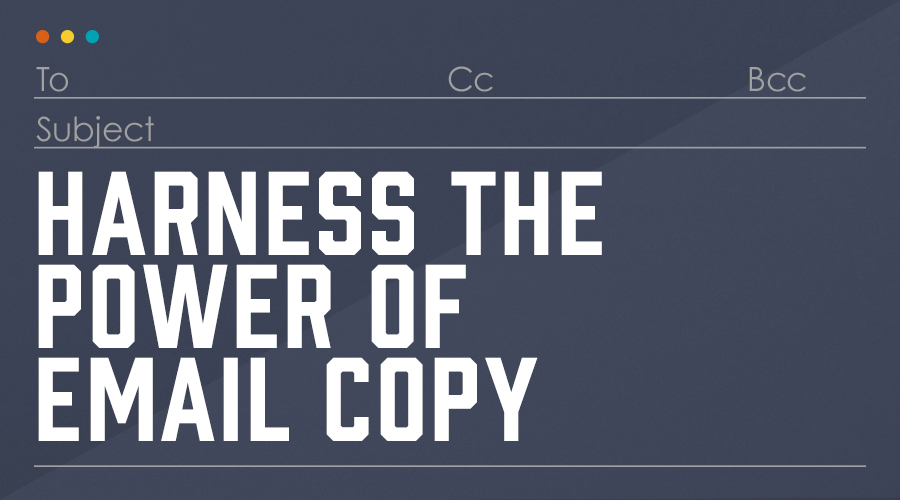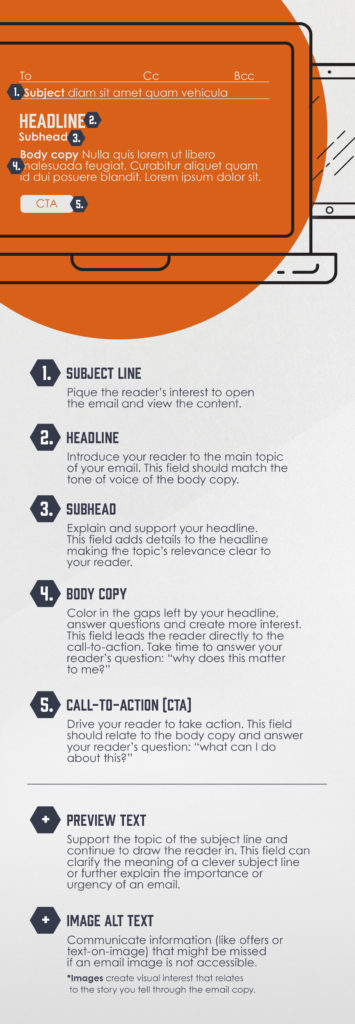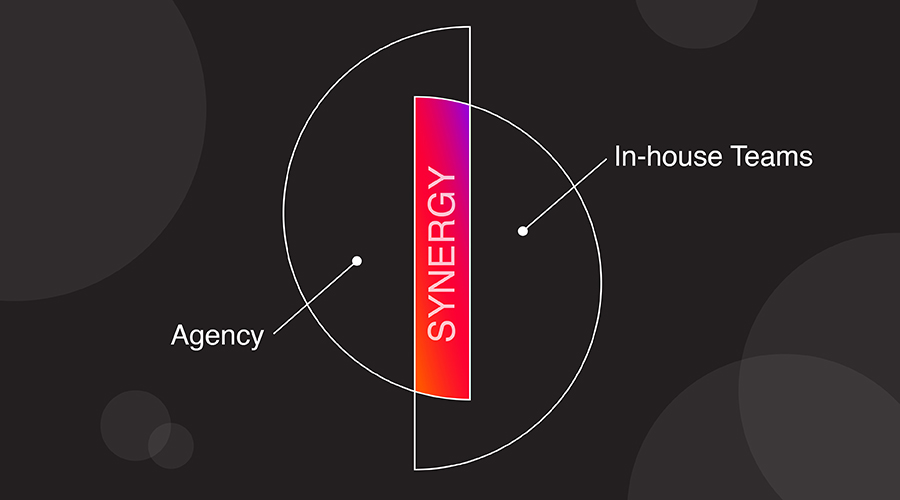Perhaps the most effective way to harness the power of email and write captivating copy starts with an inventory of its parts. In an email’s anatomy, the call-to-action, subject line and other fields each have unique purposes and strengths.
To become a master at email copy “architecture,” you need an innate awareness of these differences. This allows you to shape and color your copy in a way that fascinates and holds the reader’s attention throughout the email.
Let’s get to it so the next time you have a spark of creativity for an email, you can be more confident that it will shine through on the reader’s end.
We’ll start by unpacking the purpose of each field in an email.
Creating Best Practices: Framing Email Copy Fields
The architecture of an email’s copy is stronger when each field is allowed to do its job. With the purposes of each field cleared up, we can start to draw lines around the types of language that should be used in each field.
These lines we’ve drawn will become our best practices that make sure no field is working too hard but is pulling its own weight in the copy.
To learn more about best practices for headlines and body copy, check out our blog post on the top five email copywriting best practices.
Subject Lines: Set the Hook & Reel Them In
The most important line of copy in your email is your subject line. It’s how your customer chooses whether they will open your message or delete it.
Earn their attention with subject lines that use personal touches, urgency, cleverness, lists, how-to’s and keywords. Need help brainstorming? Campaign Monitor lists several approaches to subject line writing (and gives examples).
Best practices that make subject lines successful:
- Keep them short, around 6-10 words. This prevents your subject line from getting cut off — especially on mobile devices, which have an even shorter character limit and account for 63% of all email opens.
- Make the subject line unique with personal touches. Use the customer’s name or target audiences by points of interest to increase relevance.
- Keep track of subject lines for emails that perform well. Try to establish what they have in common. A little in-house research can lead to unique insights into your audience.
Bad practices that land you in the spam box:
- Words like “free” or “instant” (see a list of 188 spam words)
- USING ALL CAPS
- Using both an exclamation point and question mark in the same line
- Using superlatives or exaggerating claims
Bottom line: Use your subject line to create interest and establish why your email should be opened. Earn the recipient’s attention by offering them something in return.
Related: Unicode Subject Lines: Love Them or Hate Them?
Preview Text: Best Supporting Text Award Winner
Preview text doesn’t get much of the limelight, but it can be critical to lending a subject line the support it needs. This field may be an unsung hero, but here are some tips to keep in mind when writing:
- Copy space may vary between zero and 285 characters depending on user/platform settings. Keep this in mind to prevent copy from being cut off.
- Use preview text to explain your subject line if it was ambiguous or add details to make it more compelling.
For example, you can introduce an exciting promotion in the subject line and add details about a discount sale in the preview text.
Find more examples of subject line/preview text combinations on Sleeknote.
Image Alt Text: A Helping Hand
There is a myriad of reasons for images not appearing in emails: privacy settings, visual impairments that cause a need for special email settings, glitches and more. When an image isn’t displayed, image alt text is there to fill in the gaps, literally.
The role of image alt text is a straightforward one. It should give context to what would have been shown in an image had it appeared. This includes any text-on-image copy that the reader would miss out on when images are turned off.
Keep your alt text clear and concise to convey your message if an image doesn’t show.
Call-to-Action: Your Measurement BFF
Meet your new best friend, the call-to-action (CTA) field. The iOS15 update removed the ability to track email opens for Apple Mail users (46% of all email users). Fear not: clickthrough rates from emails to landing pages are still trackable. And now, they’re also the most precise measurement of email success.
Your email’s CTA offers value in three ways:
- Showing that your business has something to offer your customer (not necessarily a product)
- Leading the customer to a relevant landing page with the content they were promised
- Tracking clickthrough rates to measure the engagement of customers with email content
First, think about crafting your CTA button as a useful next step to your reader by answering the question, “What’s next?” A well-crafted CTA will return more accurate insights about email engagement.
The language you use in a CTA needs to lead the reader to valuable content only your business can offer. It should be supported by your body copy, but don’t let your pitch stop at the end of a paragraph. Motivate your reader to act by clicking the CTA.
For example, if your focus is the new ability to customize a product, you can invite a customer to try it out. A CTA could be “Customize Your [Product Name].” The body copy of your email would go into more detail about how customization might work, but it drives to the CTA when you ask your reader to try it for themselves.
CTA do’s:
- Use descriptive verbs that are specific and actionable.
- Keep it short.
- Make your CTA a clickable button.
CTA don’ts:
- Stay away from vague CTAs like “Learn More.”
- Don’t be long-winded.
- Don’t bury it in body copy.
Related: Interactive Emails 101: Let’s Start with Forms
Pulling Your Email Copy Together
Fan that creative spark into a flame by strengthening each field of your email copy. Follow these best practices and add your own as you learn what works best for you to craft emails that are as functional as they are engaging.
Want to learn more about how we create more engaging emails? We’d love to share — just drop us a note.
Have other insights on how to use email copy? Share them with us in the comments below!






